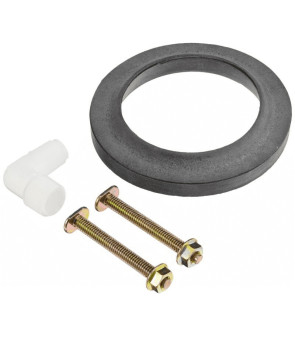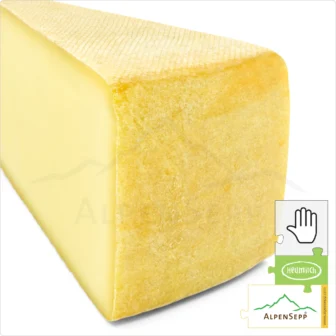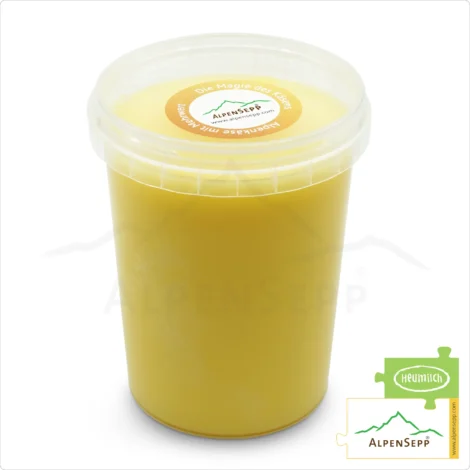Amazon product image requirements are a key part of selling successfully on the platform. Getting your Amazon product image requirements right can make the difference between a sale and a scroll. These Amazon product image requirements exist to create a consistent shopping experience. Understanding Amazon product image requirements helps your products look professional. Following Amazon product image requirements can also help reduce returns and build trust with customers. No matter if you're a new seller or have been on Amazon for years, knowing the image rules is important for your business.

1. Master the Main Image Rules
Your main image is the first thing customers see in search results. It needs to follow specific rules to get approved and attract clicks.
- Pure white background only: The background must be RGB 255,255,255 pure white. No off-white, gray, or colored backgrounds are allowed for main images.
- Product must fill 85% of frame: Your product should take up most of the image space, leaving only a small border around it.
- No additional objects or text: The main image should show only the product being sold, with no props, logos, or watermarks.
- Professional lighting: Use even lighting to show product details clearly without harsh shadows.
According to Amazon's guidelines, the main image must show only the product for sale on a white background, and the product should fill the image frame. This helps create a clean, consistent shopping experience across all listings.

2. Use Assembo.ai to Create Custom Backgrounds
Assembo.ai is a great tool for creating professional product photos that meet Amazon's standards. It can help you generate perfect white backgrounds and lifestyle shots.
- Automatic background removal: Upload any product photo and Assembo.ai can instantly remove the background and replace it with pure white.
- Create lifestyle settings: Generate realistic environments where your product appears to be in use, which is perfect for secondary images.
- Consistent lighting adjustments: The AI can adjust lighting across all your product photos to maintain a consistent look.
- Multiple angle generation: Create different product views from a single photo using AI technology.
You can try Assembo.ai to quickly create Amazon-compliant product photos without expensive equipment or photography skills. The platform is especially helpful for sellers who need to photograph multiple products efficiently.

3. Get the Technical Specifications Right
Meeting Amazon's technical requirements ensures your images display properly and enable useful features like zoom.
- Image size and dimensions: Amazon requires images to be at least 1000 pixels on the longest side, but 2000 pixels is better for zoom functionality. The image should have a 1:1 aspect ratio (square).
- File format requirements: JPEG is the preferred format, but Amazon also accepts TIFF, GIF, and PNG files. JPEG offers the best balance of quality and file size.
- Color mode settings: All images must be in sRGB or CMYK color mode. sRGB is recommended for best display across different devices.
- File size limits: While Amazon doesn't specify a maximum file size, keeping images under 10MB helps with loading times.
As noted in Amazon's guidelines, product images must fill at least 85% of the image frame and have a minimum dimension of 500 pixels on the longest side. For the best zoom experience, Amazon recommends that your image files be 1600 pixels or larger on the longest side.

4. Set Up Proper Lighting and Composition
Good lighting and composition make your products look attractive and help customers see details clearly.
- Use natural light when possible: Shooting near a large window during daytime often provides soft, flattering light. Avoid direct sunlight which can create harsh shadows.
- Artificial lighting setup: If natural light isn't available, use two light sources placed at 45-degree angles to the product to minimize shadows.
- Product positioning: Place your product in the center of the frame and shoot from multiple angles - straight on, from above, and at three-quarter angles.
- Minimize shadows: Use white bounce cards or foam board to fill in shadows and create even lighting across the product.
Quality lighting is key when shooting product photos. It helps to accurately represent the product's colors, texture, and details to the customer. Proper lighting makes your products look more professional and appealing to shoppers.
![]()
5. Use All Available Image Slots
Amazon provides multiple image slots (usually 7-9) and using them all gives customers a complete view of your product.
- Show different angles: Include front, back, side, top, and bottom views so customers can see the entire product.
- Demonstrate scale: Add images showing the product next to a common object or being held to indicate size.
- Highlight features: Use close-up shots to show important details, textures, or special features.
- Include packaging: If your product comes in special packaging, include an image of how it will arrive.
Amazon recommends you provide six images for each product, but many categories allow up to nine. Using all available slots gives you more opportunities to answer customer questions visually and reduce pre-purchase uncertainty.

6. Create Helpful Lifestyle and Infographic Images
Lifestyle and infographic images help customers imagine using your product and understand its benefits.
- Show product in use: Demonstrate how your product works in real-life situations. For example, show a backpack being worn or a kitchen gadget in use.
- Create comparison graphics: Show size comparisons, color variations, or feature differences between product models.
- Highlight key benefits: Use simple graphics and text to point out important features and how they help the user.
- Show multiple configurations: If your product has different setup options or comes with accessories, show these variations.
Lifestyle images show the product in use within real-life scenarios. These photos help customers visualize how the product fits into their own lives. Infographics combine text and images to give more information about the product in a visually appealing way.

7. Optimize for Mobile Viewing
Most Amazon shopping happens on mobile devices, so your images need to look good on smaller screens.
- Test image clarity: Make sure text in your infographics is readable on phone screens without zooming.
- Use vertical images: Vertical images take up more screen space on mobile, making your product appear larger.
- Simplify graphics: Avoid cluttered infographics with too much small text that becomes unreadable on mobile.
- Prioritize key images: Place your most important secondary images first since mobile users may not scroll through all images.
With Amazon's shopping app averaging 98 million mobile users per month, optimizing for mobile is no longer optional. Mobile-optimized images can significantly improve your conversion rates from phone shoppers.

8. Avoid Common Image Mistakes
Some image errors can get your listings suppressed or create a poor shopping experience.
- No watermarks or logos: Don't add watermarks, timestamps, or unauthorized logos to your images.
- Avoid promotional text: Don't include text like "best seller" or "free shipping" in your images.
- Don't misrepresent products: Images should accurately show what the customer will receive, including color, size, and included items.
- No human body parts: For most categories, avoid showing body parts like hands or feet unless necessary to demonstrate use.
It's important to avoid using watermarks or badges on your images. These can make your images look unprofessional and can also violate Amazon's image requirements. Stick to clean, professional images that focus on the product itself.

9. Edit and Optimize Your Images
Basic editing can improve your product photos and ensure they meet Amazon's requirements.
- Crop to square format: Make sure your images are cropped to a 1:1 aspect ratio before uploading.
- Adjust brightness and contrast: Ensure your product is well-lit and colors are accurate to real life.
- Remove backgrounds: Use editing tools to create pure white backgrounds for your main image.
- Compress file size: Reduce file size without losing quality to ensure fast loading times.
Image optimization refers to the process of modifying and delivering high-quality images in the optimal format, dimension, size, and resolution for the device accessing them. Optimized images lead to faster website loading times and more visibility in search results. Even simple edits can make a big difference in how professional your products appear.

10. Use Advanced Features and Test Your Images
Going beyond basic requirements can help your products stand out and convert better.
- Try A+ Content: If you're brand registered, use A+ Content to add enhanced images and comparison charts.
- Add product videos: Videos can show your product in action and answer customer questions.
- Test different main images: Use split testing to see which main image gets more clicks and conversions.
- Update images regularly: Refresh your images periodically, especially if you get feedback about confusion or if you improve your product.
Basic A+ Content can increase sales by up to 8%—and well-implemented Premium A+ Content can increase sales by up to 20%. Testing different images with tools like PickFu can help you choose the most effective photos for your products. Regular updates keep your listings fresh and relevant.
Final Thoughts
Following Amazon product image requirements is a key part of creating successful listings. Good images help customers understand your product, build trust, and make purchasing decisions. Start with a strong main image on a pure white background, then use all available image slots to show different angles, features, and use cases. Remember to optimize for mobile and avoid common mistakes like watermarks or promotional text. With these tips, you can create product images that not only meet Amazon's requirements but also help increase your sales and reduce returns.
